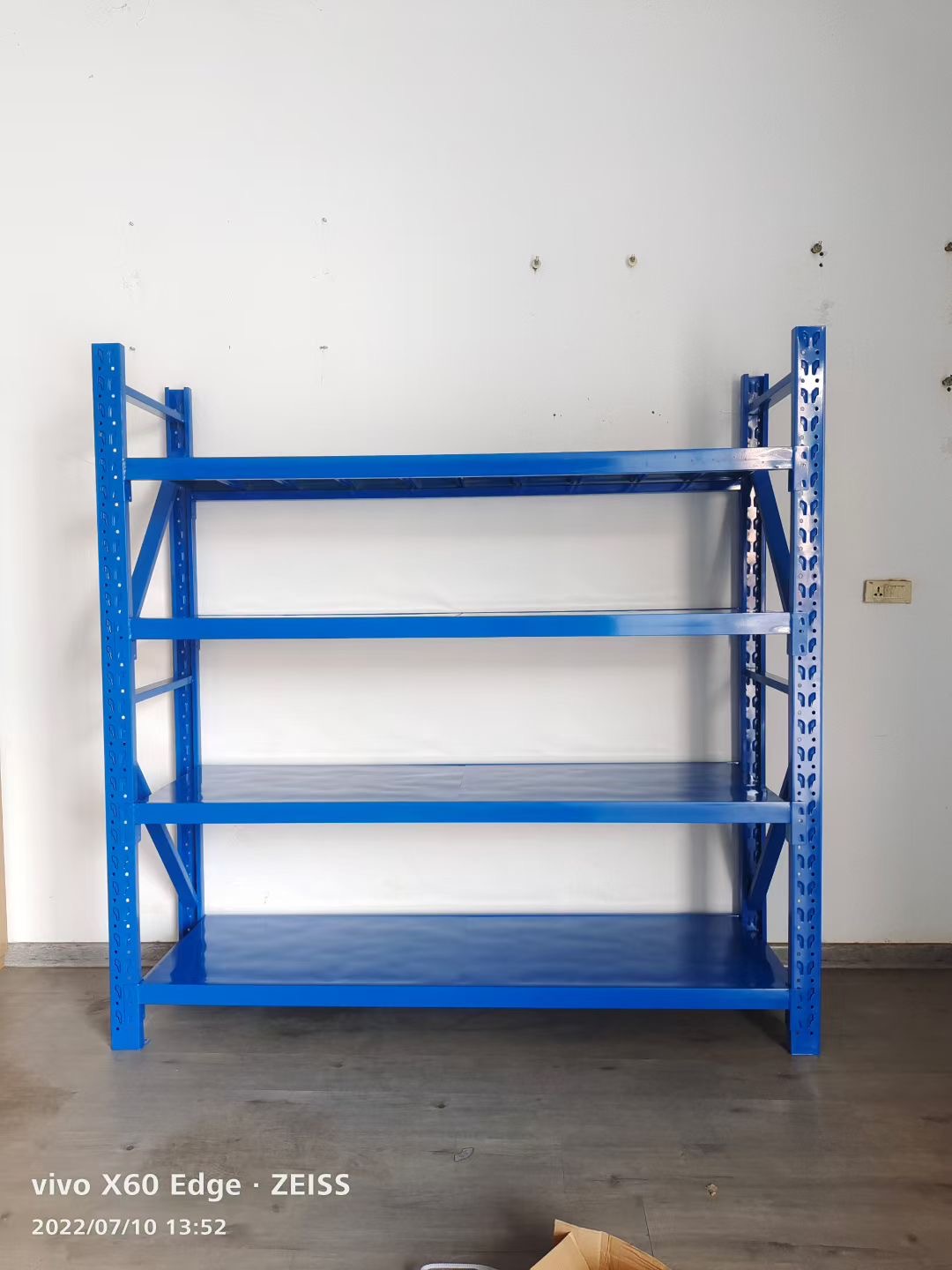Public transport systems have long been established as a sustainable and efficient means of transportation. However, despite their numerous benefits, many individuals still opt for alternative modes of travel. In this forum post, we will delve into the underlying reasons behind the limited usage of public transport, shedding light on the multifaceted factors that contribute to this phenomenon.
- Lack of Convenience:
One of the primary reasons people refrain from using public transport is the perceived inconvenience. Individuals often prioritize personal convenience, seeking direct routes and flexible schedules that align with their specific needs. Public transport systems, although designed to cater to a wide range of commuters, may not always offer the level of convenience desired by potential users. Limited routes, infrequent schedules, and overcrowding during peak hours can deter individuals from embracing public transport as their primary mode of travel. - Cost Considerations:
Another significant factor influencing the choice to avoid public transport is the cost. While public transport is generally more cost-effective than private vehicles, it still incurs expenses that may be perceived as burdensome by certain individuals. The cumulative costs of daily or monthly tickets, especially for those with limited financial resources, can discourage them from utilizing public transport. Additionally, the availability of affordable private vehicle options, such as carpooling or ride-sharing services, further diminishes the attractiveness of public transport in terms of cost. - Perception of Safety and Security:
Perceptions of safety and security play a crucial role in shaping people's transportation choices. Public transport systems, particularly in certain regions or during specific times, may be associated with higher crime rates or incidents of harassment. These concerns can dissuade individuals, particularly vulnerable groups such as women, from utilizing public transport. Addressing these safety concerns through increased security measures, enhanced surveillance, and public awareness campaigns can help alleviate these apprehensions and encourage greater public transport usage. - Limited Accessibility and Infrastructure:
The accessibility and infrastructure of public transport systems significantly impact their utilization. Inadequate coverage, especially in suburban or rural areas, can limit the accessibility of public transport for a significant portion of the population. Moreover, the lack of proper infrastructure, such as well-connected bus or train stations, convenient parking facilities, and seamless intermodal transfers, can discourage individuals from relying on public transport. Investing in expanding coverage, improving infrastructure, and integrating various modes of transport can enhance the attractiveness and accessibility of public transport. - Cultural and Behavioral Factors:
Cultural and behavioral factors also contribute to the underutilization of public transport. In some societies, private vehicle ownership is seen as a symbol of status and independence, leading to a preference for personal transportation options. Additionally, ingrained habits and routines, such as the comfort of one's own vehicle or the convenience of door-to-door travel, can be challenging to overcome. Promoting a cultural shift towards valuing sustainable transportation and encouraging behavior change through education, incentives, and awareness campaigns can help overcome these barriers.
Conclusion:
The limited usage of public transport stems from a complex interplay of factors, including convenience, cost, safety concerns, accessibility, and cultural influences. Addressing these challenges requires a multifaceted approach, involving improvements in infrastructure, affordability, safety measures, and a shift in societal attitudes towards sustainable transportation. By understanding and addressing these factors, we can strive towards a future where public transport becomes the preferred choice for a larger segment of the population, leading to reduced traffic congestion, lower carbon emissions, and enhanced urban livability.






